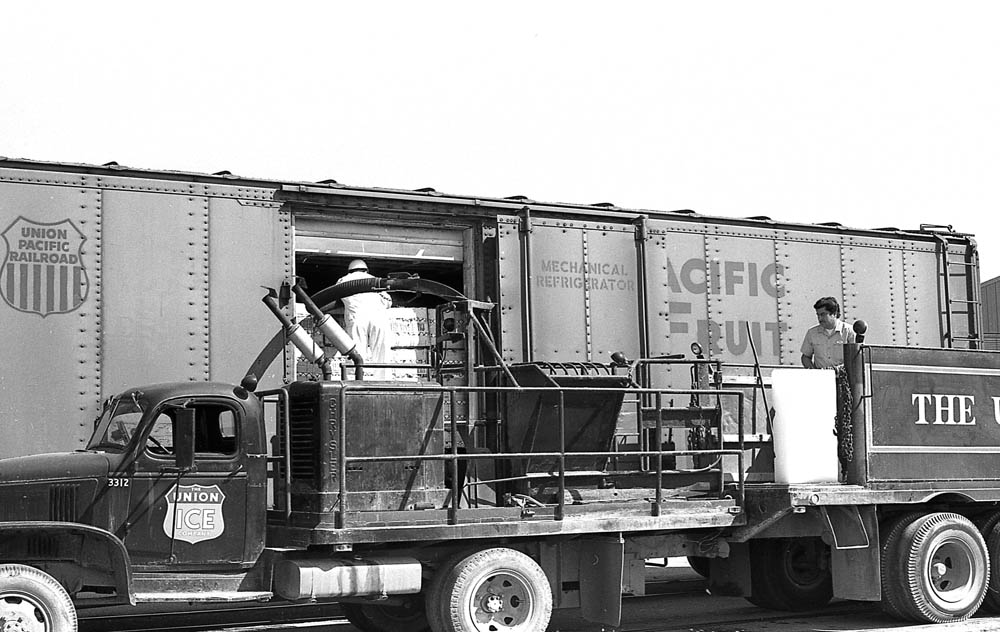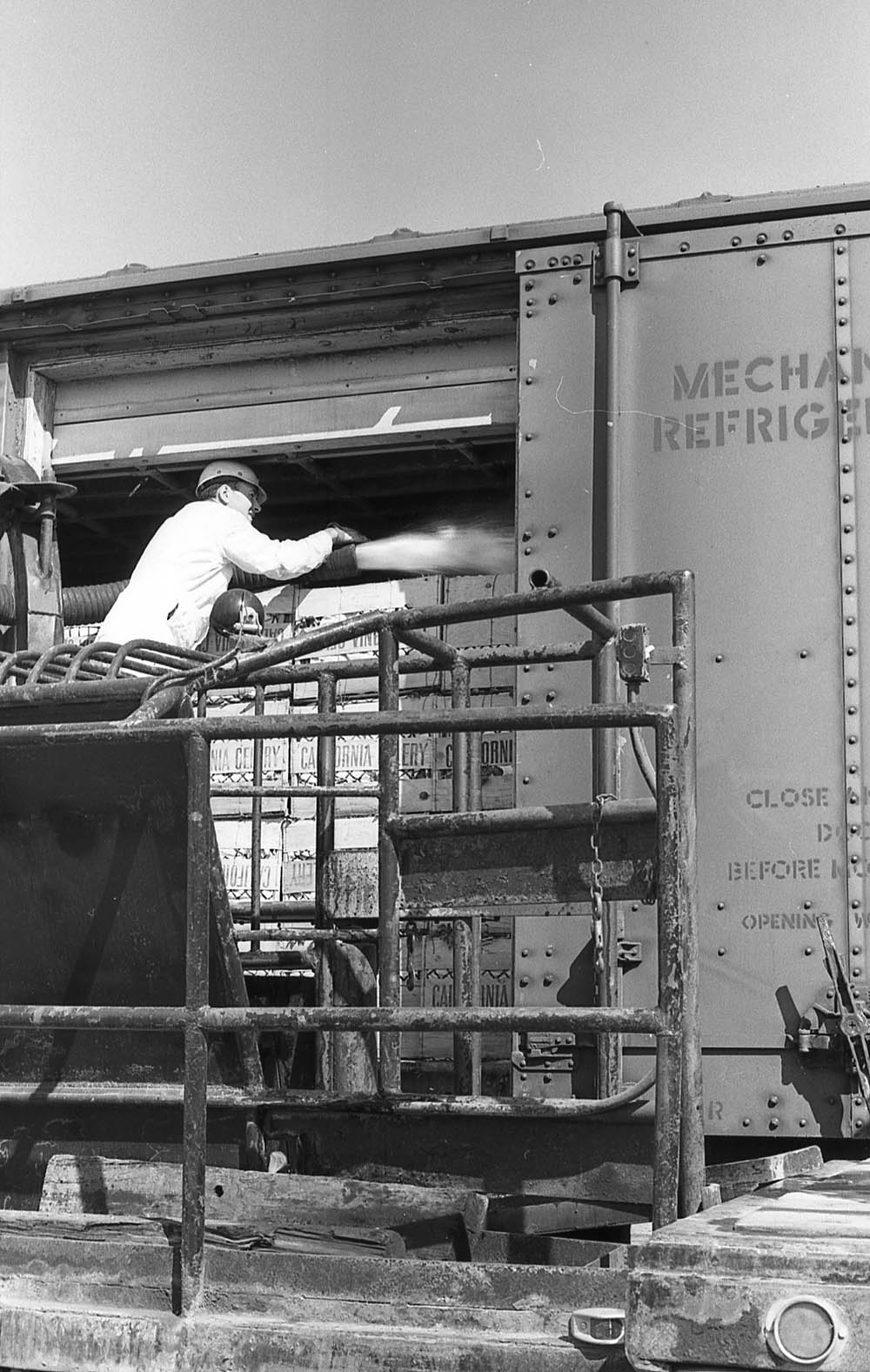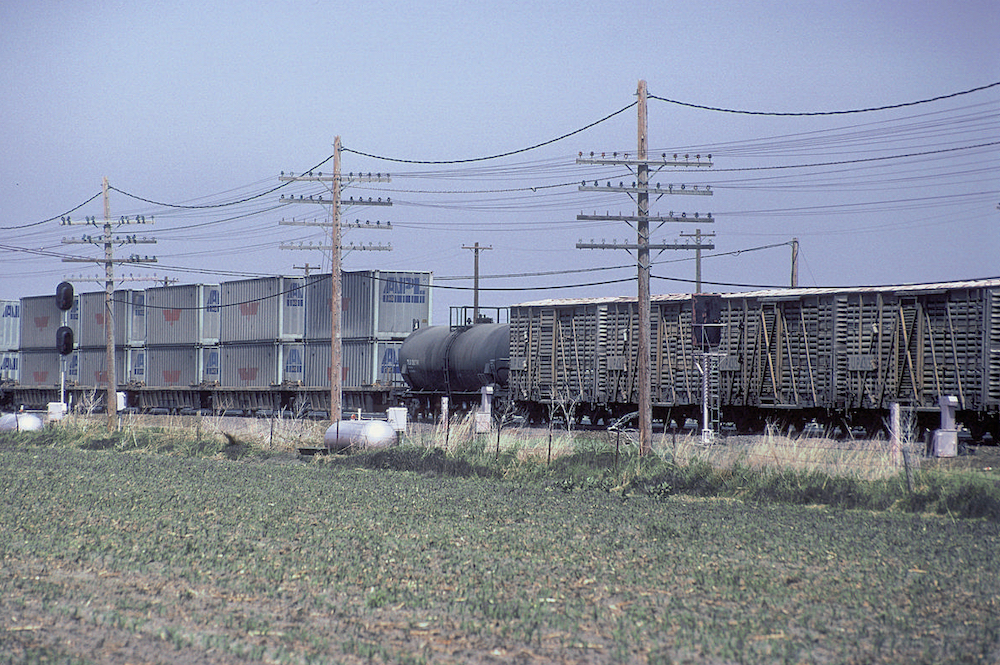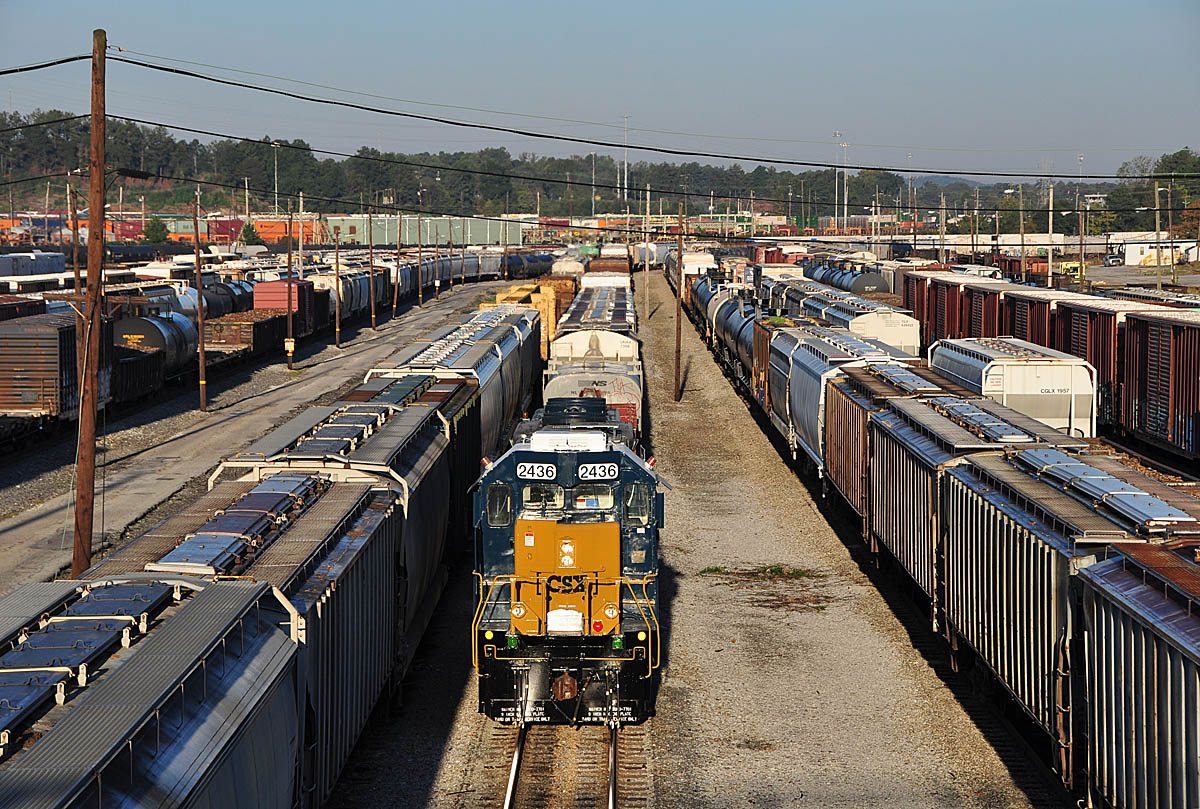Refrigerated freight cars

Progress can give us good, time-saving machinery and concepts our forefathers could have never dreamed of. In the right circumstances, progress allows us to do things quicker, faster, more efficiently, and at a better price point.
But it is not necessarily more soul stirring. Diesel-electrics are great to watch hauling long trains up steep grades, but let’s face it, for most of us they pale in comparison to the 4-8-4s and articulated steam engines they so efficiently replaced.

Similar scenarios can be found almost everywhere in railroading.
Every railroad that ever hauled freshly picked fruits and vegetables in reefers had strategically placed icing docks ready to replenish the melting ice as they raced across the system. They were ultimately replaced by mechanical refrigerated freight cars – rolling refrigerators, if you will, each with a small motor on one end of the car keeping the contents cold. No more need for icing docks, ice, and the army of employees necessary to feed the cars.
But what happens when those newfangled inventions, such as the generators on the reefers, stop working? Then it’s back to the tried-and-true methods of old.
It was just such an event I came across on a hot day in the early 1970s in Oxnard, Calif., a city surrounded by agricultural fields and humming with refrigerated boxcars.
A load of celery, loaded and ready to head east, had a problem. The refrigeration motor broke down, and no one could fix it in the field. The answer: ice it the old-fashioned way.
A call to the local Union Ice dealer brought a prompt response. A stake truck loaded with blocks of ice, an ice crusher, a high-pressure hose, and the people armed with the technology to use it showed up trackside and saved the celery, if not the day. It was a mini version of what was once an everyday occurrence on American railroads.
Yes, progress is more efficient, but nothing is more energizing to the soul than seeing a job done the old-fashioned way.













